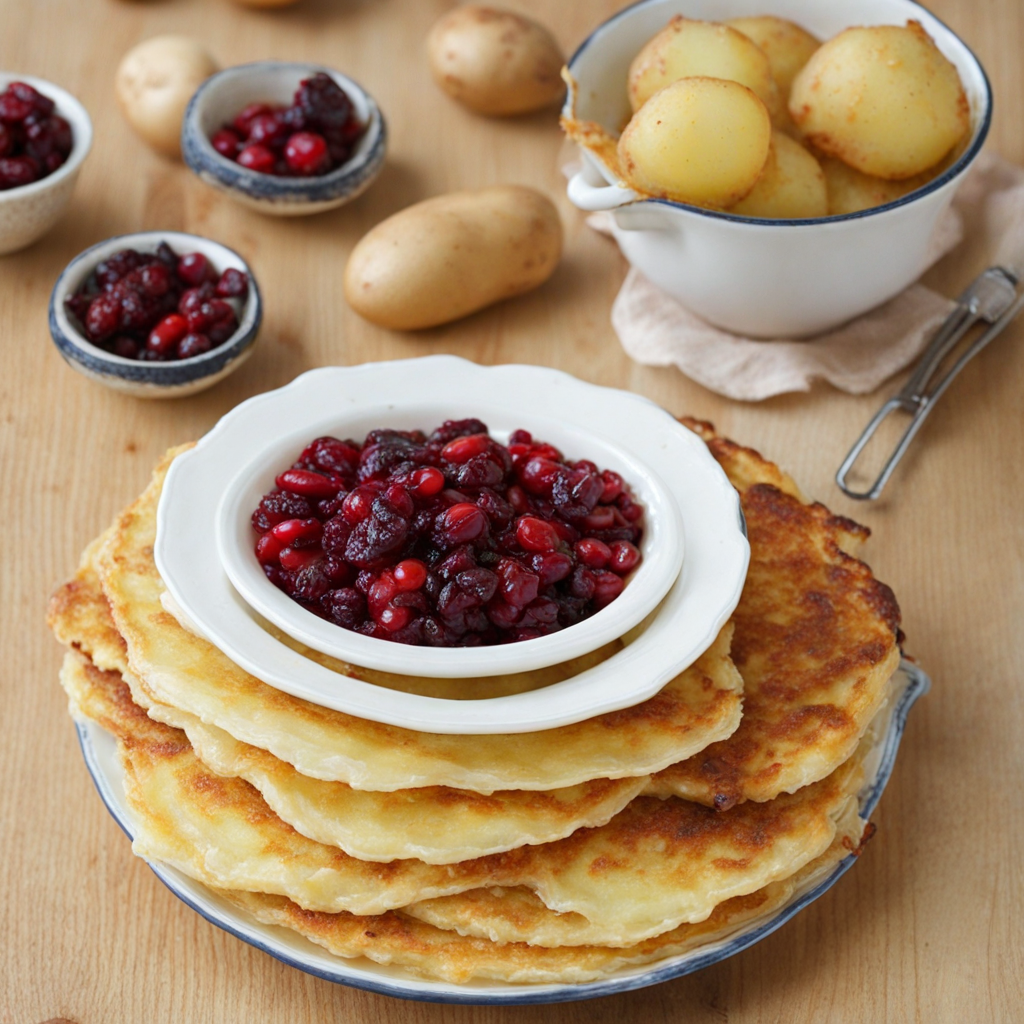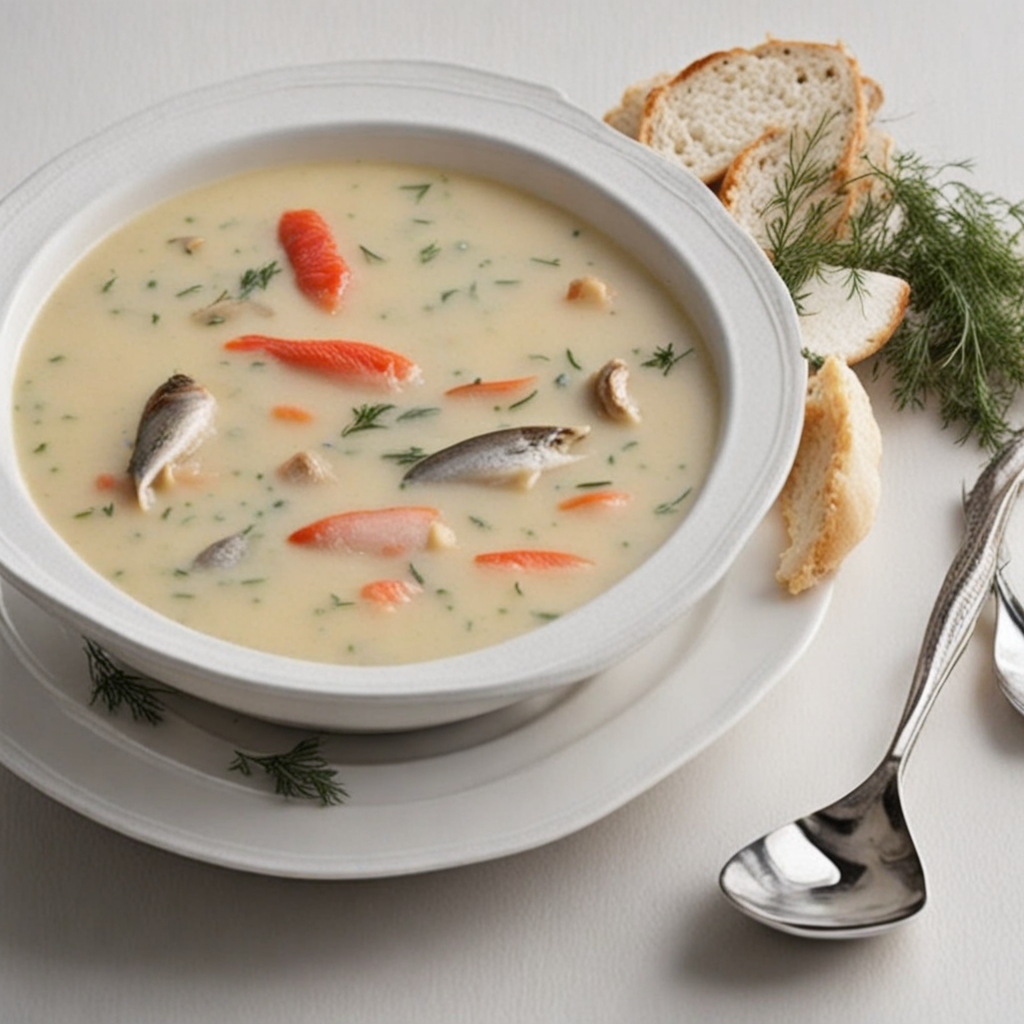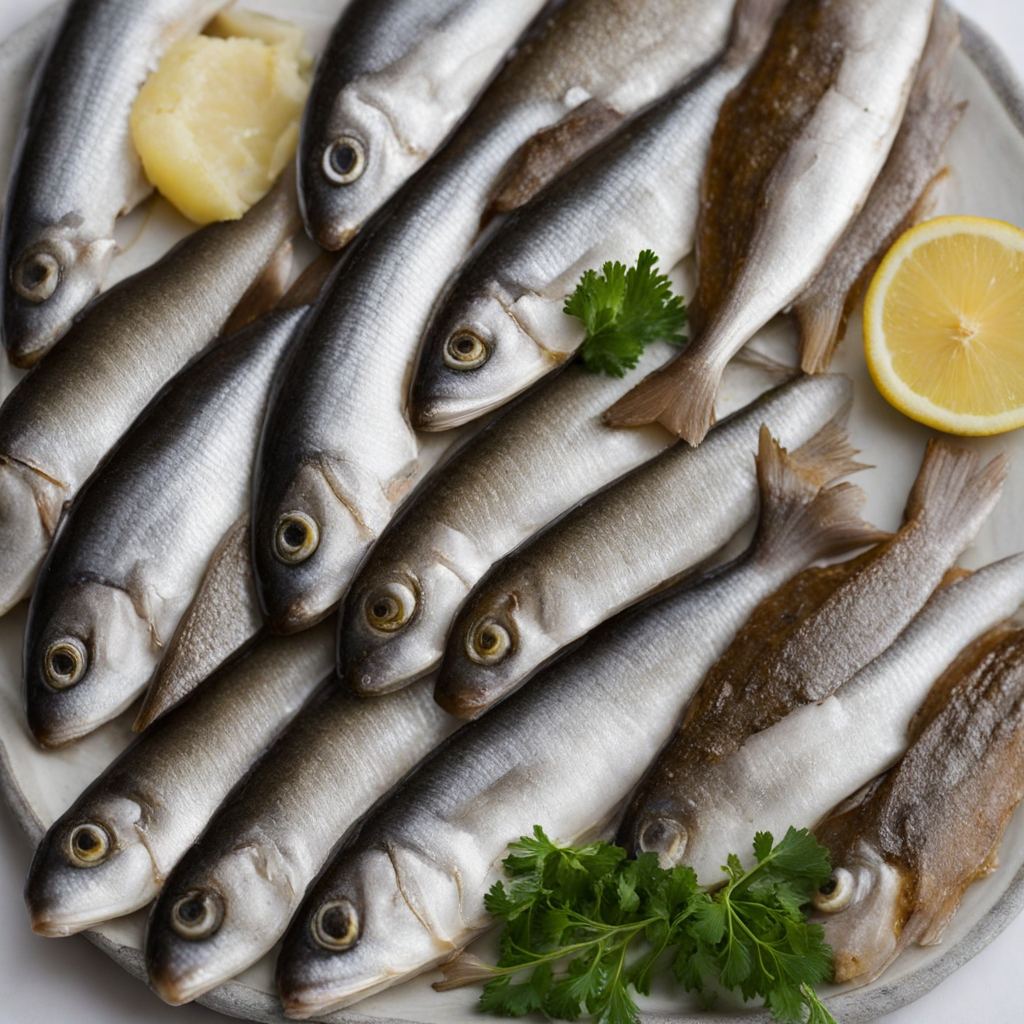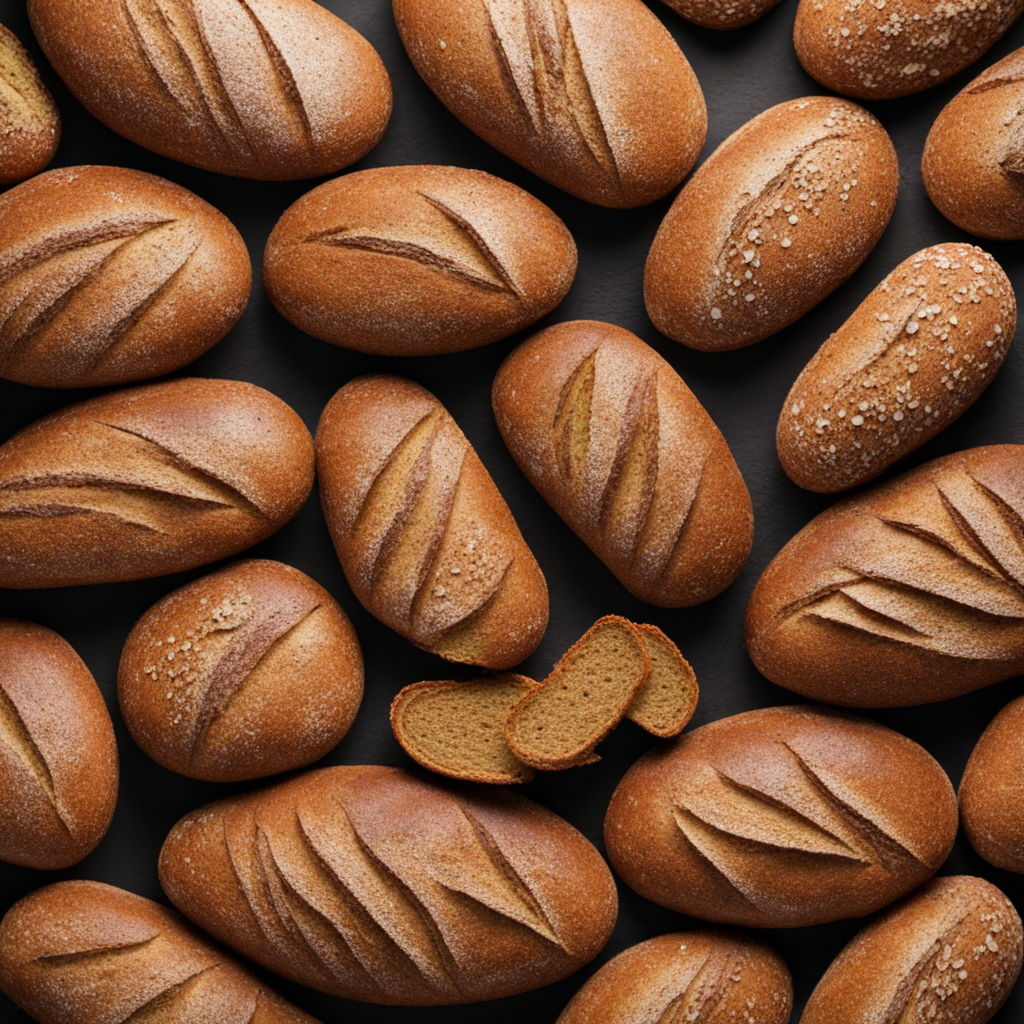Swedish Potato Pancakes
Swedish Potato Pancakes, known as "Raggmunk," are a delightful dish that beautifully showcases the simplicity and heartiness of Swedish cuisine. Made primarily from grated potatoes, these pancakes have a crispy exterior that gives way to a tender, flavorful interior. The key to their unique taste lies in the use of fresh, high-quality potatoes, which are often mixed with a little flour, salt, and sometimes eggs to bind the mixture. The pancakes are typically pan-fried in butter, which adds a rich, nutty flavor and a golden-brown crust that is simply irresistible. Traditionally served with a side of lingonberry jam and sour cream, Swedish Potato Pancakes offer a wonderful balance of flavors. The tartness of the lingonberries complements the savory, earthy notes of the pancakes, while the creamy sour cream provides a cooling contrast. This dish can be enjoyed as a comforting breakfast, a satisfying lunch, or even as a side dish for a hearty dinner, making it a versatile staple in Swedish households. In addition to their standout taste, Raggmunk also hold a special place in Swedish culture, often evoking memories of family gatherings and festive occasions. Whether enjoyed at a cozy café or prepared in the warmth of a home kitchen, Swedish Potato Pancakes are not just a meal; they are an experience that invites you to savor the essence of Sweden’s culinary heritage, one crispy bite at a time.
How It Became This Dish
Raggmunk: A Culinary Gem from Sweden #### Origin and Etymology Raggmunk is a traditional Swedish dish that showcases the rich agricultural heritage and culinary traditions of Sweden. The name "raggmunk" is believed to derive from the Swedish words "raggar" and "munk." "Raggar" refers to the coarse, ragged texture of the grated potatoes used in the dish, while "munk" translates to pancake. This etymology aptly reflects the dish’s main ingredients and preparation method, illustrating how language often encapsulates cultural practices. The roots of raggmunk can be traced back to the rural communities of Sweden, where potatoes were introduced in the 18th century. Potatoes quickly became a staple food due to their adaptability to the Swedish climate and their ability to provide nourishment throughout the long winters. Raggmunk likely evolved as a practical way to utilize surplus potatoes, creating a dish that was both filling and economical. #### Preparation and Ingredients Raggmunk is primarily made from grated raw potatoes, flour, milk, and eggs, which are combined to form a batter. The mixture is then fried until golden and crispy, resulting in a delightful contrast between the crunchy exterior and the soft, tender interior. Traditionally, raggmunk is served with lingonberry sauce, a sweet and tart condiment that enhances the flavors of the dish. Additionally, it is often accompanied by crisp fried pork or sour cream, which adds richness and depth to the meal. The preparation of raggmunk is a testament to the Swedish ethos of utilizing local ingredients and preserving culinary simplicity. The dish embodies the spirit of "lagom," a Swedish word that means "just the right amount." This philosophy encourages balance and moderation, and raggmunk exemplifies this by being hearty yet uncomplicated. #### Cultural Significance Raggmunk holds a special place in Swedish culinary culture, particularly as a comfort food that evokes fond memories of family gatherings and festive occasions. It is often associated with the rural traditions of Sweden, where it was commonly prepared during the harvest season when potatoes were abundant. In many households, raggmunk was a beloved dish for Sunday dinners or during the long winter months when hearty meals were essential for warmth and sustenance. Moreover, raggmunk reflects Sweden's agricultural past and the importance of potatoes in the country’s diet. By the late 19th and early 20th centuries, potatoes were not only a staple food but also a symbol of Swedish resilience and adaptability. Raggmunk became a way to celebrate local produce, honoring the land and the labor that went into cultivating it. #### Development Over Time As Swedish society evolved, so too did the preparation and presentation of raggmunk. While the traditional version remains popular, modern interpretations have emerged, reflecting contemporary culinary trends and preferences. For instance, some chefs have experimented with alternative ingredients, such as sweet potatoes or gluten-free flours, to cater to diverse dietary needs. These innovations have helped to keep raggmunk relevant in the fast-paced culinary world. Additionally, raggmunk has found its way onto restaurant menus across Sweden and beyond. Upscale dining establishments often present the dish with artistic flair, pairing it with gourmet toppings and sauces that elevate the humble pancake to new heights. This fusion of traditional and modern techniques has allowed raggmunk to transcend its rustic origins and be appreciated in a broader gastronomic context. In recent years, there has been a resurgence of interest in traditional Swedish cuisine, fueled by a growing appreciation for local and sustainable food practices. This movement has led to a revival of dishes like raggmunk, as chefs and home cooks alike seek to reconnect with their culinary heritage. Food festivals and cultural events often showcase raggmunk, celebrating its significance within Swedish culture and inviting new generations to embrace this beloved dish. #### Raggmunk in Popular Culture Raggmunk has also made appearances in Swedish literature and film, often depicted as a quintessential comfort food that evokes nostalgia and warmth. Its portrayal in popular culture serves as a reminder of the deep-rooted connections between food, memory, and identity. As people gather around the table to enjoy raggmunk, they share stories and experiences that reinforce familial bonds and cultural heritage. Moreover, the dish has gained international recognition, thanks in part to the global interest in Nordic cuisine and the rise of the New Nordic food movement. Chefs and food enthusiasts from around the world have begun to explore Swedish culinary traditions, and raggmunk has emerged as a symbol of this exploration. It embodies the principles of simplicity, seasonality, and respect for local ingredients that characterize the New Nordic ethos. #### Conclusion Raggmunk is more than just a dish; it is a reflection of Sweden's agricultural history, cultural values, and culinary evolution. From its humble origins in rural kitchens to its contemporary interpretations in fine dining, raggmunk has remained a beloved staple that resonates with both Swedes and those who appreciate Scandinavian cuisine. As it continues to be celebrated in homes and restaurants alike, raggmunk stands as a testament to the enduring power of food to connect people, evoke memories, and celebrate cultural heritage. With each bite of crispy, golden raggmunk served with lingonberry sauce and a touch of sour cream, diners are not just enjoying a meal; they are partaking in a rich tapestry of history, tradition, and community that spans generations. In a world that is constantly changing, raggmunk remains a comforting reminder of the beauty of simplicity and the joy of sharing food with loved ones.
You may like
Discover local flavors from Sweden







